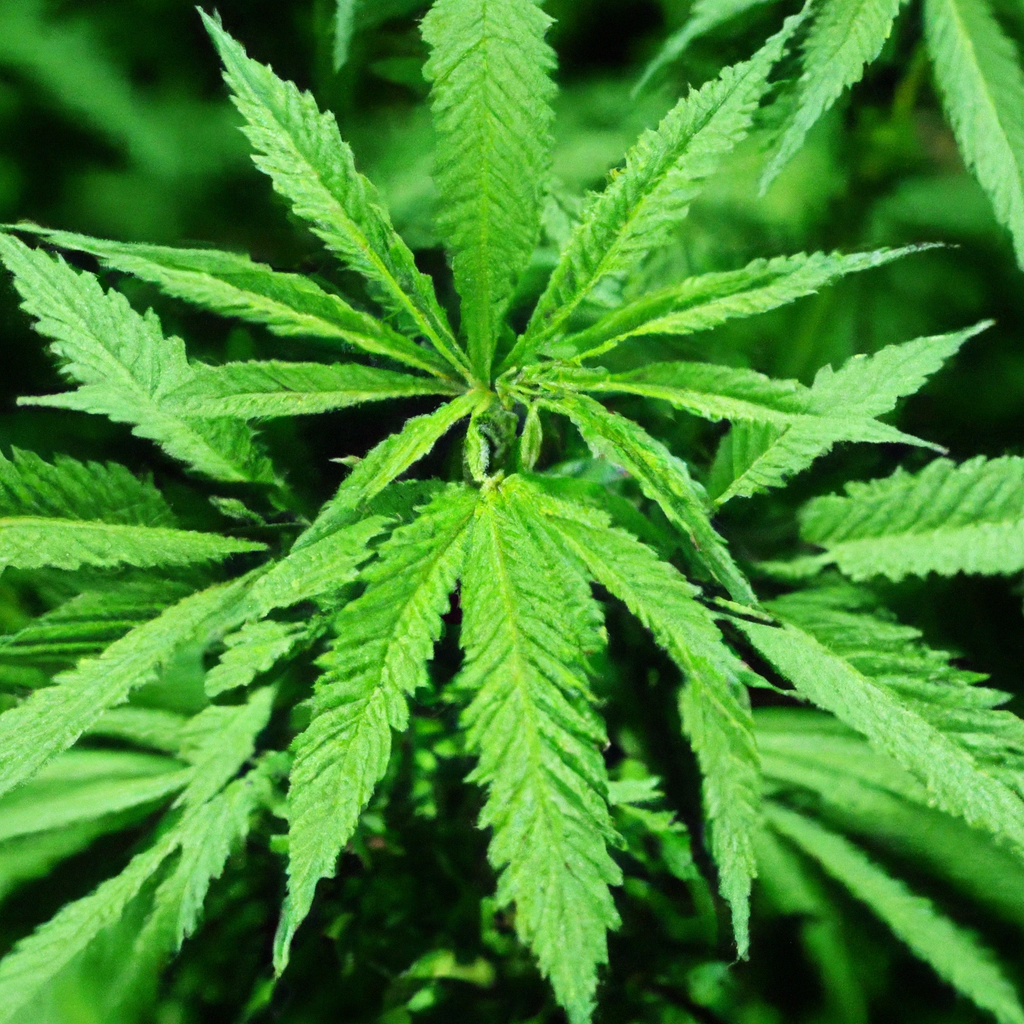As the cannabis industry expands, the focus on sustainable cultivation becomes increasingly crucial. John “Magic” Greenleaf, a seasoned cultivator with over 30 years of experience, shares his wisdom on selecting cannabis traits that not only thrive but do so with minimal ecological footprint. Balancing potency, resilience, and environmental friendliness, John’s approach sheds light on a greener path forward.
Identifying Resilient Cannabis Traits
There are specific characteristics that enable cannabis plants to adapt and flourish in sustainable cultivation systems. By prioritizing these traits, growers can significantly reduce resource consumption.
- Drought Tolerance: Selecting strains with deeper root systems helps minimize water use. For instance, John’s own “Mile High Mystique” has shown exceptional resilience in arid conditions.
- Pest Resistance: Strains that naturally repel common pests reduce the need for chemical interventions. Exploring genetic profiles that promote such resistance is key.
- UV Hardiness: High-altitude strains like John’s “Summit Surge” are bred to withstand greater UV exposure, making them ideal for elevated environments.
Cannabis Cultivation Methods Minimizing Impact
Beyond genetic selection, sustainable growing methodologies play a pivotal role in minimizing environmental harm.
- Drip Irrigation Systems: John uses these systems to cut water waste by 40%, ensuring moisture is delivered efficiently to his plants.
- Organic Soil Use: Opting for organic soil enhances water retention, meaning less frequent watering is needed to maintain healthy growth.
- LED Lighting Benefits: High-efficiency LED lights like Gavita Pro save 25% more energy compared to traditional setups, contributing to a reduction in overall power usage.
Real-World Example: “Mile High Mystique”
In one of John’s flagship initiatives, “Mile High Mystique” embodies sustainable excellence. Bred for complexity in terpene profiles and high-altitude adaptability, this hybrid not only reduces environmental strain but also maintains high THC content—testing between 20-25%. Its natural resistance to pathogens further ensures a thriving plant with fewer chemical applications.
Tags: Advanced Genetics, Sustainability, Sustainable Cultivation


Leave a Reply